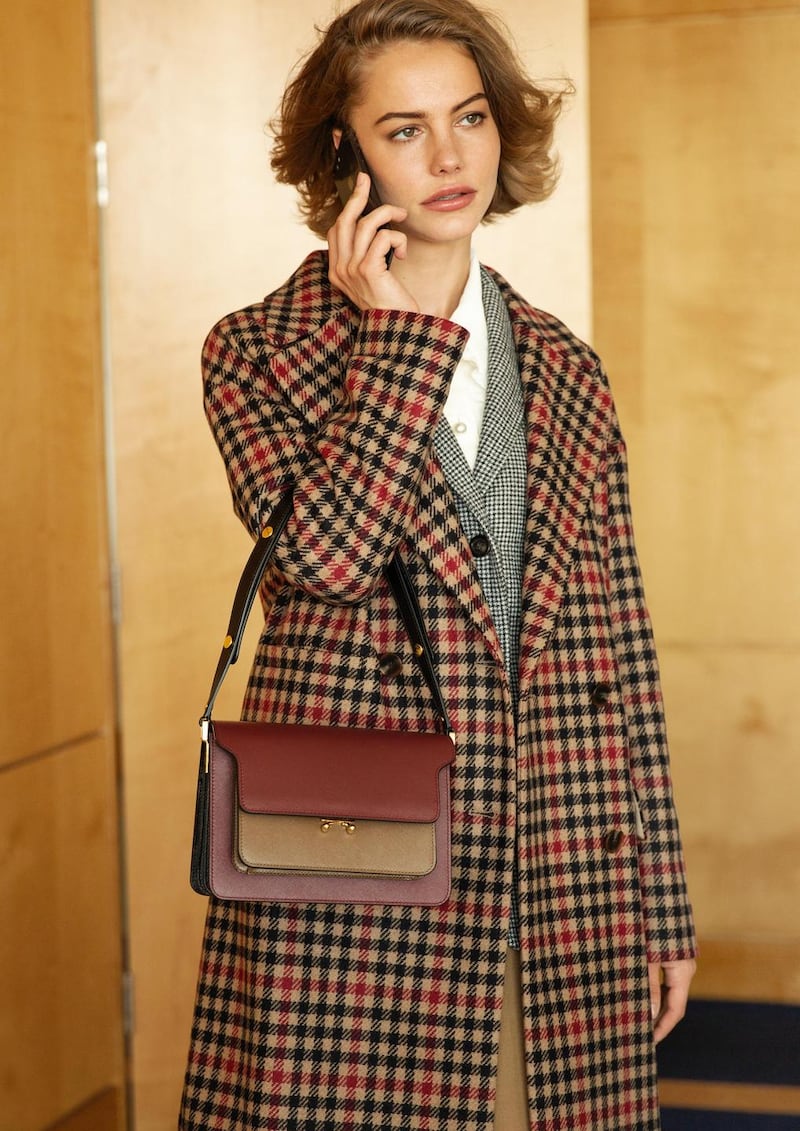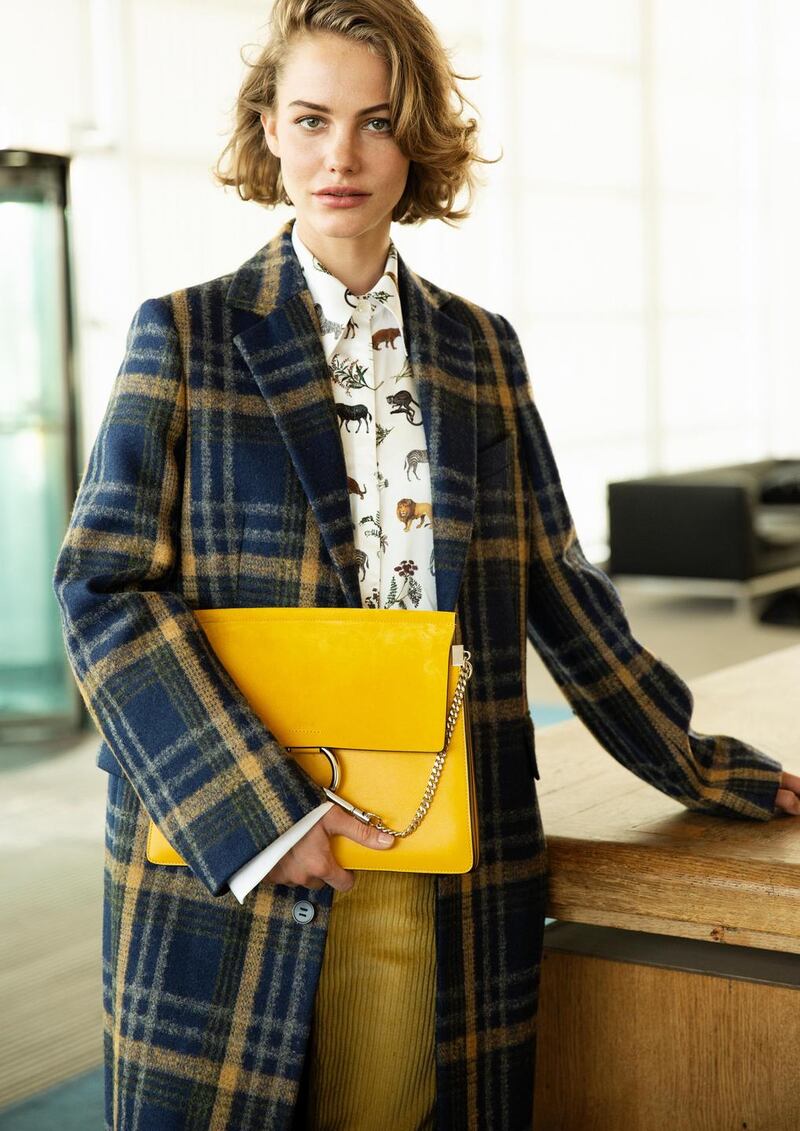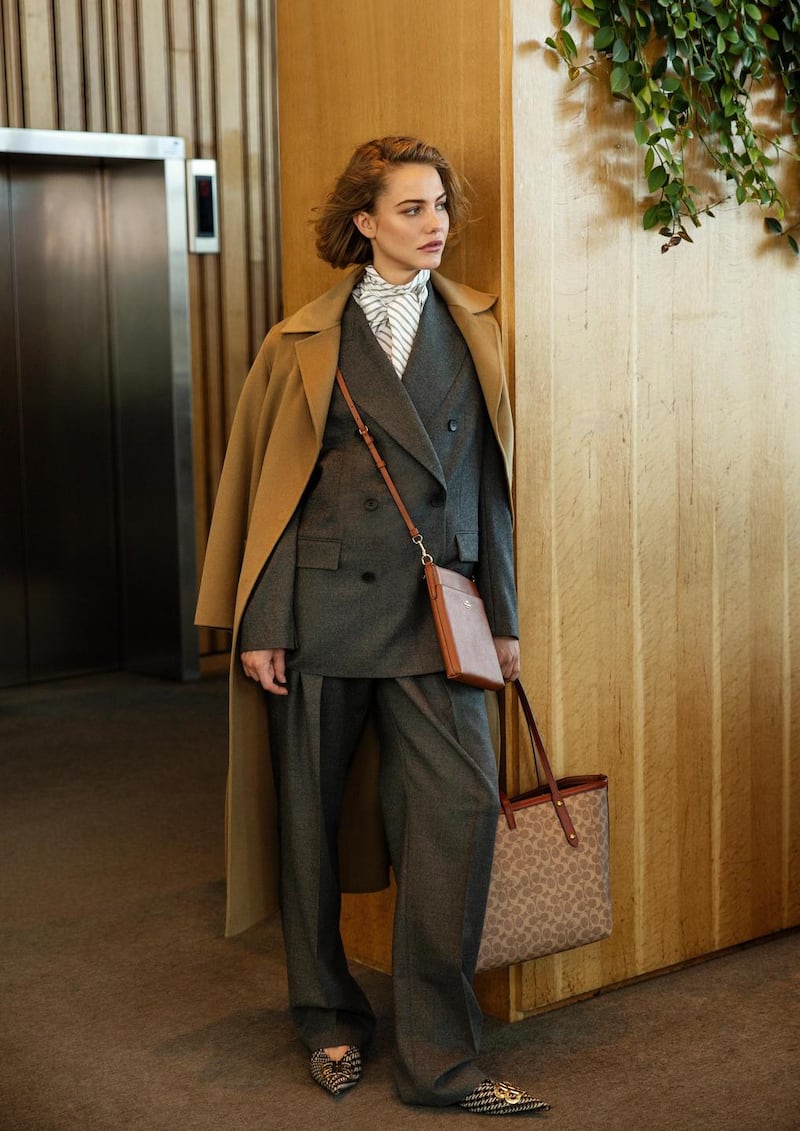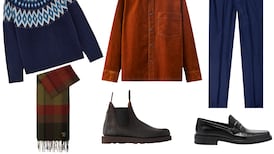What women wear to work is as varied as the work they do. So writes Roxane Gay in her book Dress Like A Woman: Working Women and What They Wore published earlier this year. The phrase was accredited to US president Donald Trump who declared that female staffers in the White House should "dress like women" no doubt meaning that they should cater to the male gaze and be decorative, an outdated notion in an era when women have independent and very different ideas of how they present themselves to the world.
Dress codes for work remain very diverse and often oblique and dressing “appropriately” can have many meanings. “If I turned up for work in a corporate style pencil skirt and blouse, the joke would be ‘are you interviewing somewhere else?’” says Katherine Farrell, a media executive working in a tech company in Dublin.
“If you are not in a T-shirt, jeans and runners, you might get a bit of a slagging with comments like ‘you okay today?’ Our dress code is smart casual – even athleisure. Girls wear jog pants with hoodies spiced up with nice runners and a lot are quite sporty.
“Lads like wearing their sports gear, vintage jerseys from eBay, for what we call Merch Monday (merchandise Monday) – and MBA gear, flannel shirts, skinny jeans and Nike Air. We are not restricted and everyone is allowed to express themselves in whatever way they want”. And she adds, “we can wear our legs in summer”.



In the more conventional corporate world such freedoms are more curtailed. There is no way that trainers would be allowed in Lidl where Julianne Galvin worked before moving to another job in public relations.
“There was a dress code brief which used to be quite strict but it was relaxed in November 2016 to ‘smart casual’. The changes affected men rather than women in that instead of suits and ties, they could wear open shirts and slacks,” she recalls. For women, jeans provided they were dark, could be worn with T-shirts, but no trainers were allowed for either sex. “Office people could be more casual than those meeting clients,” she adds.
Laura Mahon who works for a leading accountancy firm says that office attire “is agreed on silently”, though a lot depends on the particular manager and she knows of people who have been sent home for not conforming to the expected rules. Skirts must be fingertip length and worn with tights. Jeans, tank tops, runners and over the knee boots “are no-nos” though ties for men are now optional. “It’s really for clients because we are being sent out and they pay big fees and we need to look as professional as we can to give you more standing. Fridays are for ‘smart casual’”.
That trend for dress down Fridays, however, is the other way round in some of the tech world who have dressed up Formal Fridays. Farrell admits that "sometimes when you are watching Suits on TV [the American legal drama] and you see women in gorgeous dresses and skirts, you do get the feeling that you would like to dress to feel more empowered – but it is a rarity. And we spend more because workwear and weekend wear are essentially the same."


Still, in some areas such as law firms where sombre suits and dark colours are de rigueur, a formal uniform whose authority is not questioned, which maintains its rules and reflects powerful professional status. In Suits, however, the male characters wear Tom Ford suits, the women attorneys, Dior, Prada and Giambattista Valli, a deliberately constructed fashion platform that becomes another way to assert power.
The idea for this shoot was to assemble outfits that looked modern, professional but not corporate – for that essential executive meeting or formal presentation. Looks that are still fun and fashionable that mean business and look the business with silhouettes that vary yet are still sharp and contemporary. “Dressing like a woman” concludes Gay, “means anything a woman deems appropriate and necessary for getting her job done”.
Right on.











